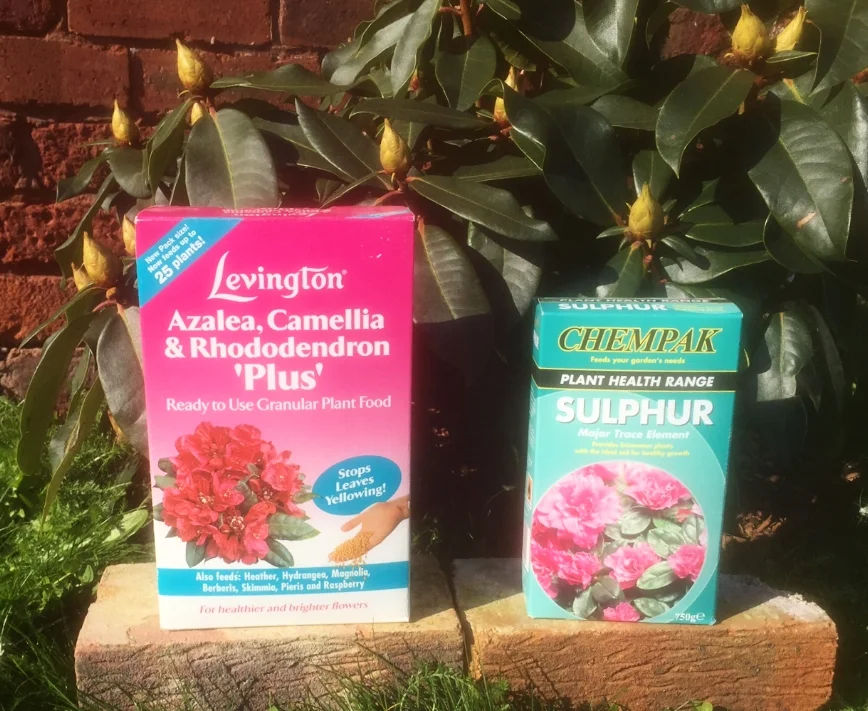Five Star Treatment
Will Murch
Filtered sunlight is perfect for rhododendrons.
Sometimes you can be made to feel that gardening is really complicated and hard work. Knowing what conditions your plant likes will save you time, money and heartache.
Soil pH
Most people know that rhododendrons, azaleas and camellias belong to the group of plants called ericaceous plants along with heathers, pieris and magnolias but what does that really mean? A lot of people see it as “lime hating” but it's not really quite like that. It means that they are unable to use certain essential foods in the soil if the pH (a measure of how acid or alkaline a soil is) goes higher than 7. They will grow steadily more sickly and weak.
So how do you know what pH your soil is? You can buy a simple soil testing kit from your local garden centre. Follow the instructions carefully and always test the soil where you are intending to plant as it the soil can vary around the garden. If you can't find a soil test kit a simple test is to look for hydrangea plants in gardens near you and see what colour they are. Blue hydrangeas indicate an acid soil and pink or purple ones an alkaline soil. White hydrangeas don't change colour except in the very centre of each flower, if you look really carefully you will see the centre is either pink or blue. The best time to look for his is when the flowers first open as flowers later in the season can take on other tints due to the flower ageing.
If you find you have a soil with a pH of over 7 then you will need to grow in pots (read more here). Digging out the soil and replacing it with ericaceous compost will not work as the ground water will quickly change the pH back.
Feed your plants in April and September with a granular ericaceous food and add sulphur chips at the same time.
If your pH is from 4.5 to 6 they will be really happy. From 6.5 to 7 you can still grow them in the ground but will have to do a little bit of yearly care to keep the soil just right. This involves applying a product called Sulphur Chips at least once a year to the soil above and around the root ball. They are produced by a company called Chempak owned by Thompson & Morgan and can be tricky to find. Try asking at your local garden centre or you can buy them online.
Drainage
Rhododendrons, azaleas and camellias enjoy a free draining soil and designed a soil that is waterlogged during winter. Sandy and loamy soils are ideal. They can dry out during summer so mulch the plants with pine bark chippings and water well during those summer dry spells.
Clay soils can get very wet in winter in low lying hollows, the bottom of slopes or areas that are inclined to flood. Avoid planting in areas like this that are particularly wet.
Organic Matter
They enjoy a humus rich soil so mix plenty of composted leaf mould with the soil if you can. If you don't have this, bagged soil conditioner will help but add sulphur chips to improve the pH. If your plants are already planted then mulching with composted leaf mould and/or pine bark chippings will Improve the soil further and help retain the moisture in the soil.
Sun or Shade?
Natural shelter from wind looks good and works perfectly.
Rhododendrons, azaleas and camellias will grow happily in sun but, if possible, they do enjoy a little shade at some point in the day (ideally in the middle of the day). Filtered sunlight through other plants or partial shade as the sun moves through the day is ideal, as is full shade in front of a fence or on a north facing border. Avoid planting directly under trees but instead plant on the edge of the tree canopy.
Shelter
They enjoy a little shelter and in most gardens this is there naturally from trees, shrubs and fences. Avoid planting as a wind break and in a very open position exposed to the prevailing wind.
End Result
If you provide as many of these conditions as you can you will make your rhododendrons azalea or camellia grow more strongly and be less stressed which will enable it to fight off any diseases that may come it's way. It will have lovely dark green foliage and produce lots of flower buds with relatively little fuss on your part.
Will Murch



